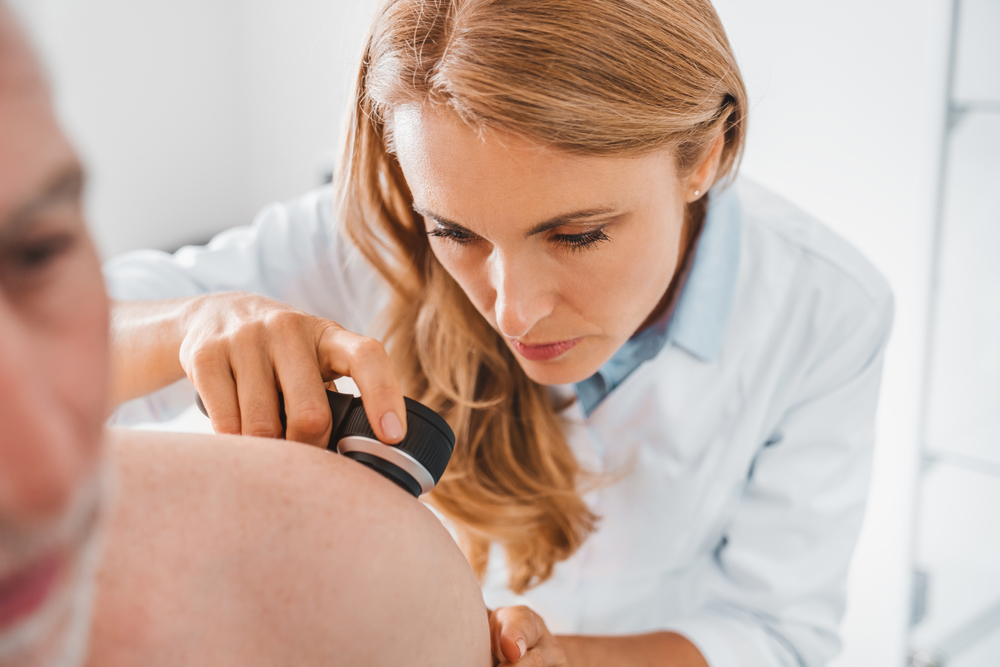More concerning still, incidence of skin cancer is on the increase, affecting all aspects of insurance, including underwriting and claims.
Yet an estimated 86% of skin cancers are preventable.2 Increasing skin cancer incidence is driven by an aging global population and exposure to ultraviolet radiation (UVR) from the sun or artificial sunlight from sunbeds over long periods of time. Age standardized incidence rates of cancer per 100,000 population are highest in Australia and New Zealand (41.6 males/30.5 females), followed by Western Europe (19.4 males/18.9 females) and Northern America (18.5 males/14.3 females). These figures compare to an overall world incidence of 3.8 for males and 3.0 for females.1
Geographic Incidence
The geographic distribution of these cancers reveals a variety of causes driving incidence rates. From 2010 to 2014, malignant melanoma was the most common cancer in young Australians aged 14 to 24 and accounted for 15% of all cancers diagnosed. However, due to public health campaigns promoting the use of sun protection, incidence rates in young adults aged 34 and below are slowly declining.3
Conversely, countries in the northern hemisphere have seen an increase in malignant melanoma incidence rates of 2-4% per year.4 Data from the U.K. shows that malignant skin cancer is the fifth most common diagnosis and accounts for 4% of all new cancer cases. Incidence rates are projected to rise by 7% between 2014 and 2035, while improved treatments are likely to reduce mortality from the disease by around 15%.2 In the U.S., where malignant skin cancer accounts for 5.2% of all new cancers, cases of malignant melanoma have been rising on average by 1.2% each year. It is most frequently diagnosed in those aged 65-74 but like the U.K. mortality rates have been gradually falling each year.5
COVID-19 Impacts
COVID-19 may also influence incidence rates. Referrals for suspected cancer dropped sharply in many countries around the world due to the impact of pandemic lockdowns and social isolation requirements. Australia subsequently reported a reduction in cancer incidence, with cancer referrals falling by up to 30% in 2020 compared to 2019, while the pathology sector has seen a 50% drop in routine testing.6
Cancer screening services in many countries were cancelled, meaning that a significant number of early-stage cancers were left undetected. A survey by the American Cancer Society reported that 27% of patients undergoing active treatment experienced delays and revealed a major decline in the numbers of patients with diagnosed or suspected cancer who continued attending healthcare facilities to receive services during the pandemic.7 Although the direct impact of the pandemic on cancer diagnosis and outcomes is yet to be determined, it is likely that delays in screening and referrals will lead to skin cancers being identified at a later histological stage. For individuals diagnosed at local stage, five-year survival is 99.5% but this falls to 31.9% with distant spread.5
It is critical for claims assessors to understand the causes of malignant skin cancers, different histological types and stages, methods of diagnosis, and treatment options. Insurance companies can expect to see an increasing number of claims for life and critical illness cover arising from malignant skin cancer, particularly in older age groups. Continued efforts to increase screening uptake and control risk factors such as UVR exposure should remain a priority across the globe.
Given the increasing importance of this condition to claims, RGA has included a course dedicated to skin cancer in our PATHFINDER claims training program. The training provides detailed contextual information on skin cancer from a medical perspective, accompanied by four individual modules covering the management of skin cancer claims across critical illness and health claims.
RGA clients can access PATHFINDER through RGA’s Global Claims Manual. Learners can track and recognize success throughout the program while accumulating continuing professional development points. Watch a brief video to learn more.



